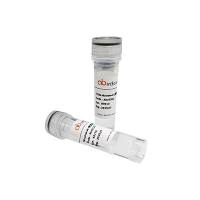Choice and Use of Appropriate Packaging Cell Types
互联网
互联网
相关产品推荐

Hemagglutinin/HA重组蛋白|Recombinant H1N1 (A/California/04/2009) HA-specific B cell probe (His Tag)
¥2570

CH4513-RC赛默飞Choice 再生纤维素针头过滤器,0.45 um,13 mm,100 /包 Thermo Fisher
¥955.51

Anti-HAdV-3 Packaging protein 3/L1 Polyclonal Antibody
¥1008

Recombinant-Mouse-Macrophage-scavenger-receptor-types-I-and-IIMsr1Macrophage scavenger receptor types I and II Alternative name(s): Macrophage acetylated LDL receptor I and II Scavenger receptor type A; SR-A CD_antigen= CD204
¥12852

Single Cell WGA Kit(MDA),阿拉丁
¥6897.90
相关问答
相关方法

